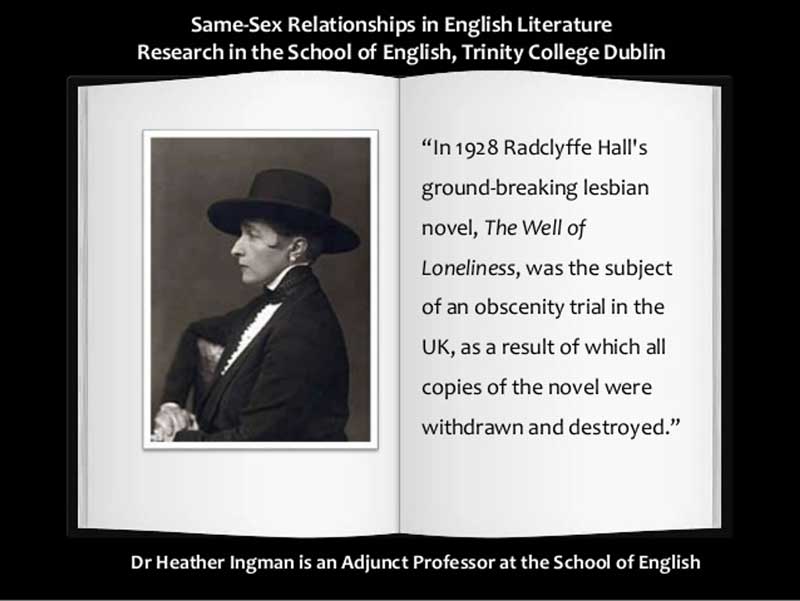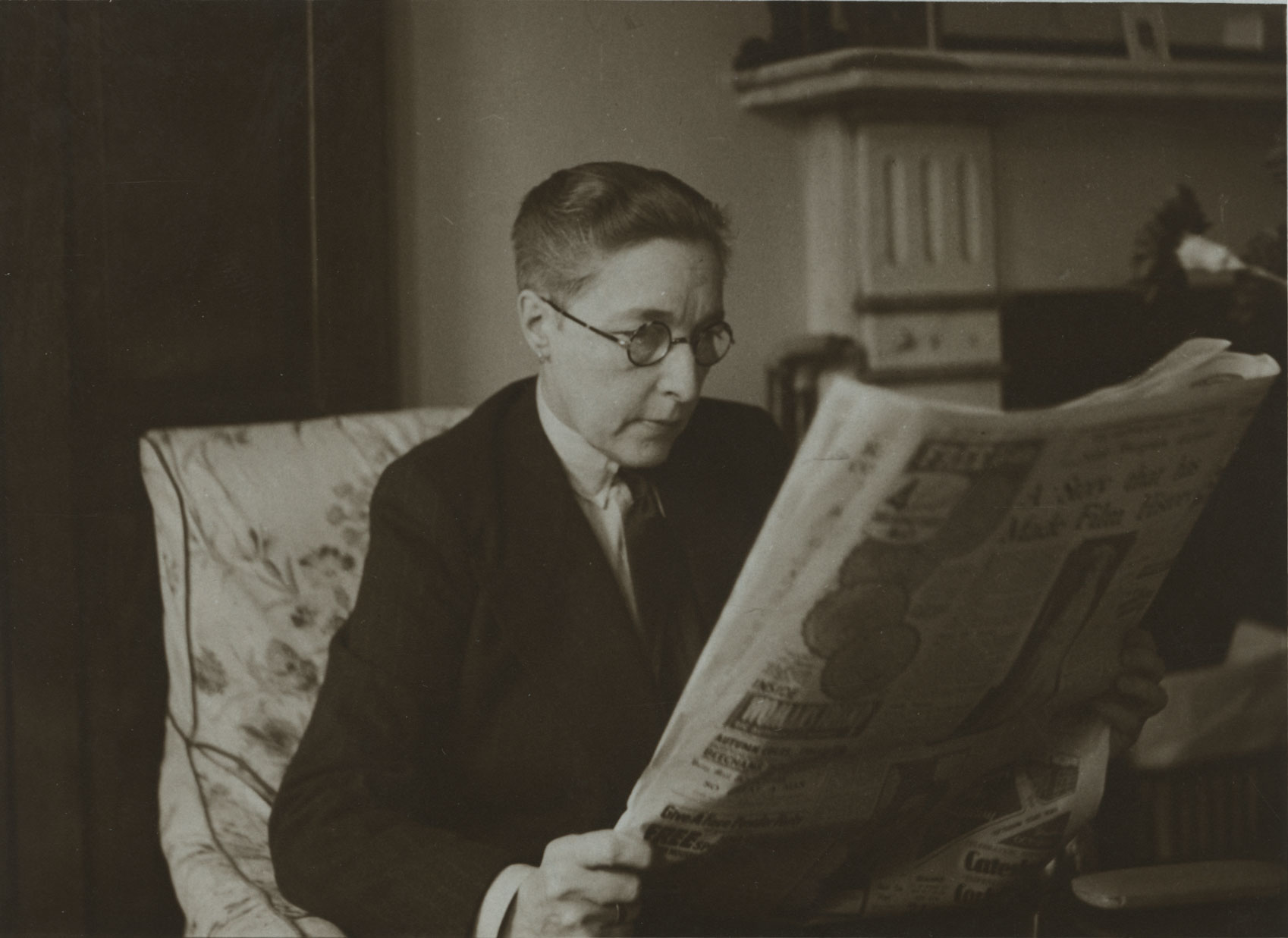


I chose these 10 books for what they have to say individually, as well as what they represent collectively, about the historically changing meanings of loneliness. And it considers the role played by political, social and economic factors (including the fact that the loneliest of all – homeless people and refugees – are not covered by the paper-thin umbrella of government concern). With case studies that include Virginia Woolf, Sylvia Plath, Queen Victoria and Thomas Turner, it explores the emergence of loneliness as a modern, physical and psychological affliction. It can even be pleasurable.Īs a historian of emotion, these complexities, and the absence of any existing extended historical inquiry, inspired my new book, A Biography of Loneliness. Loneliness is not a single emotion but a mix of different feelings, including anger, resentment and fear as well as sorrow, grief and shame. But it can also be temporary, transitory, a “pinch-point” or life stage. Yes, it can be desperate and crushing and agonising. Loneliness is different at different times.


 0 kommentar(er)
0 kommentar(er)
